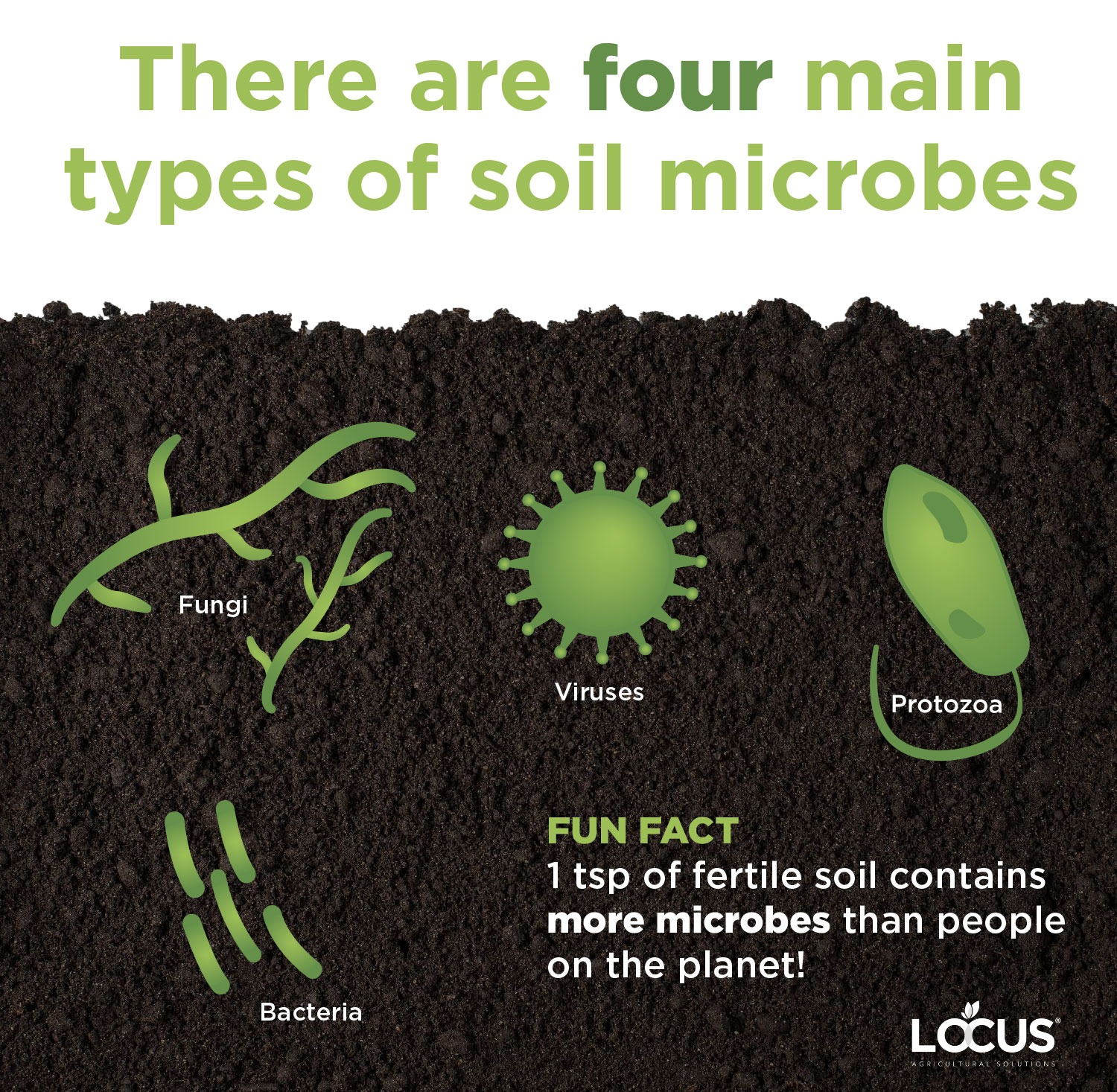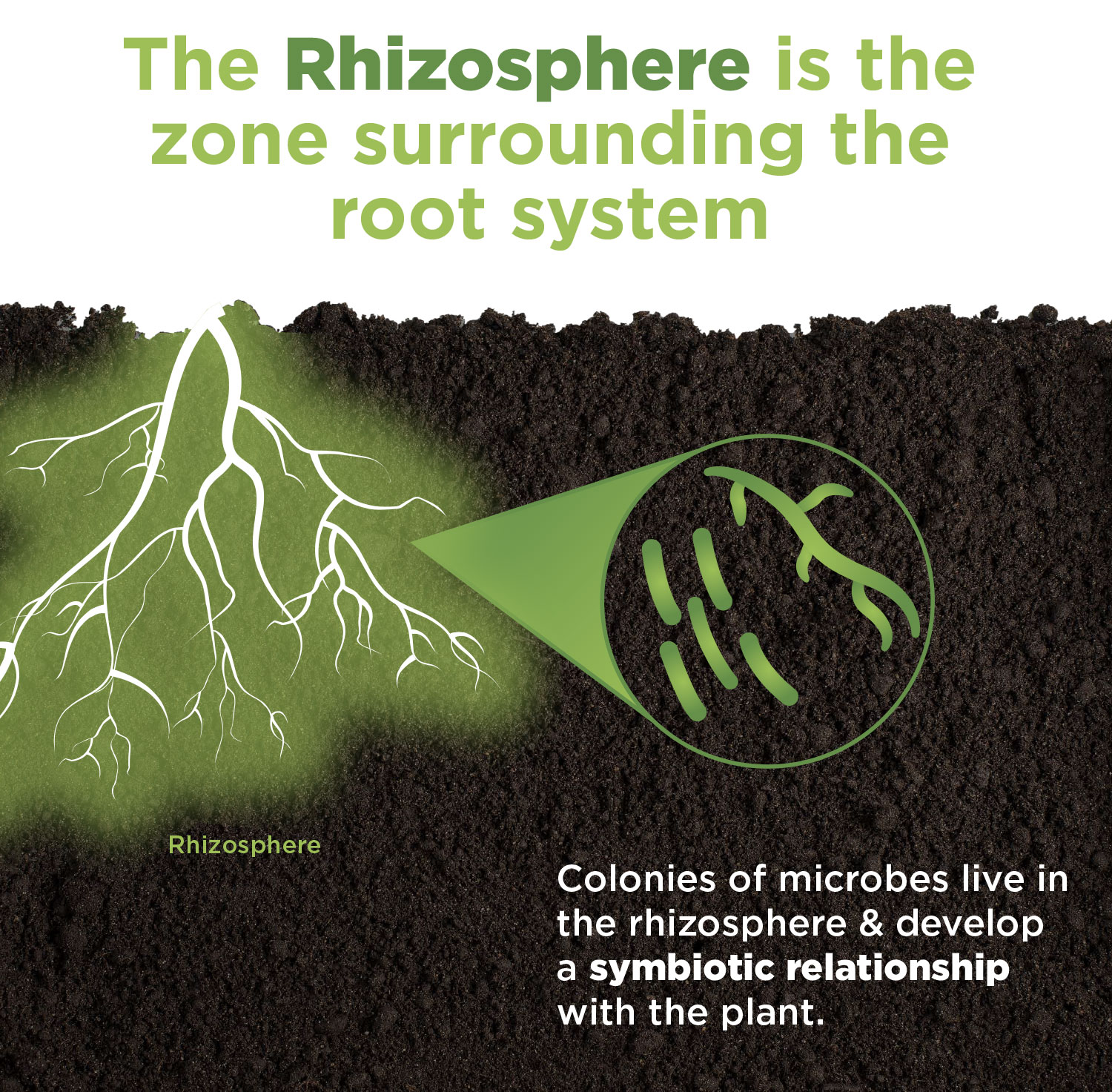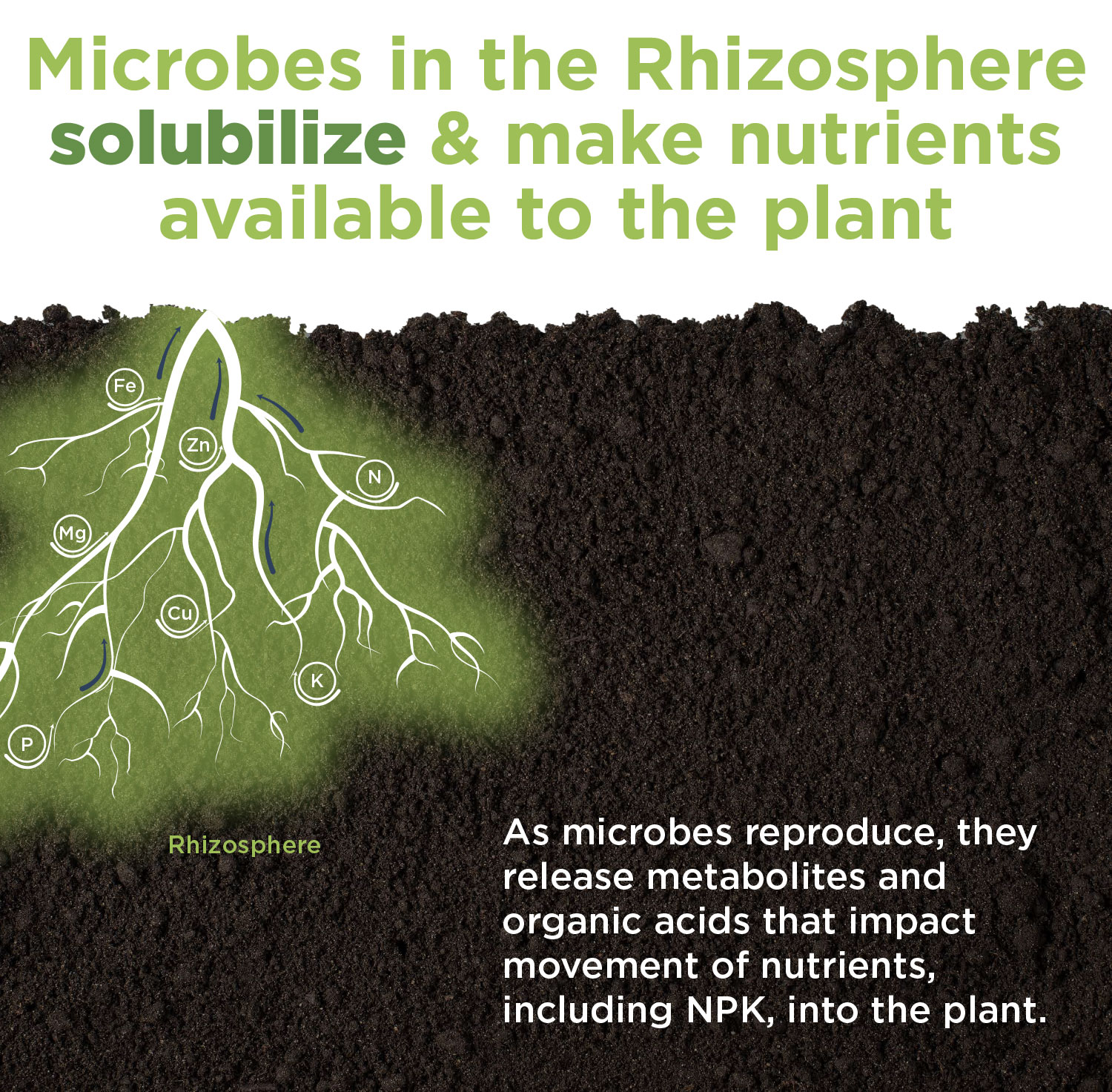It’s easy to make a judgement on whether an agroecosystem is thriving based on what you can see above the ground. But the true measure of fertility comes from what’s happening below the surface. The soil microbiology encompasses a vast array of living species – some large, some small – including insects, earthworms, plant roots, animals and an important component called microbes.
What are soil microbes?
The term soil microbes is short for “microscopic organisms”. They are too small to be seen with the naked eye yet are critical to fertile soil and robust crops.
Most soil microbes can be classified into four broad categories:
- bacteria
- protozoa
- fungi
- viruses

Beneficial soil microbes perform a range of fundamental functions within an ecosystem, from breaking down crop residues to cycling nutrients and stimulating root growth. The functions that soil microbes perform within the soil microbiology are complex, yet vital. The presence of beneficial soil microbes plays an essential role in establishing and maintaining a thriving agricultural system.
The importance of the rhizosphere
A notable statistic on soil microbiology is that one teaspoon of fertile soil contains more microbes than there are people on the planet. The soil microbiome is a rich, diverse community of microbes that tend to surround plant roots–an area called the rhizosphere. The rhizosphere is where colonies of microbes live and develop a symbiotic relationship with the plant.
- Balanced and varied soil microbial activity in the rhizosphere performs critical activities, including:
- Nitrogen-fixation
- Nutrient solubilization
- Suppression of pests and pathogens
- Tolerance of plant stress
- Decomposition of organic residue
- Recycling of soil nutrients
As soil microbes reproduce, they release metabolites and organic acids that directly impact the solubilization and movement of nutrients, including the macronutrient trio, N-P-K: nitrogen, phosphorus, and potassium.

When a soil microbiome is in disrepair
Fertile soils require a mix of the beneficial microbes and an absence or low presence of harmful microbes. A lack of enough beneficial microbes in the soil results in a chain of disruption that affects all the plants or crops growing within it. Some of these negative impacts of a soil microbiome in disrepair include:
- An imbalance of soil pH in the rhizosphere
- Die-off of young and new roots
- Soil compaction and nutrient run-off
How to increase soil microbial activity: soil probiotics
Microbial soil amendments can support the microbiome and increase soil microbial activity. By studying diverse agroecosystems, targeted microbial soil amendments have been developed as a tool for farmers to add into their management practices not unlike the use of fertilizer and some tillage practices.

The connection between soil microbial activity and plant vigor was established in the late 1800s. Yet research over the past decade has discovered the enormous range of beneficial functions that particular strains of microbes can provide to agricultural systems. Similar to how probiotics help to encourage a diverse microflora in the human body, soil probiotics help to boost “good” microbes in the soil. They enhance plant nutrient and water absorption and support the growth of strong and resilient roots.
The benefits of synergistic soil microbes
Certain strains of soil probiotics work well in combination with each other, unlocking several significant benefits to the soil microbiome. The most important thing to consider when selecting microbes is to ensure that they are tailored to the needs of specific crops and cropping system. More is not always better in this case: the symbiotic relationship of a few strains is substantially more powerful than a higher number of weak, ineffective, or competing probiotic strains.





